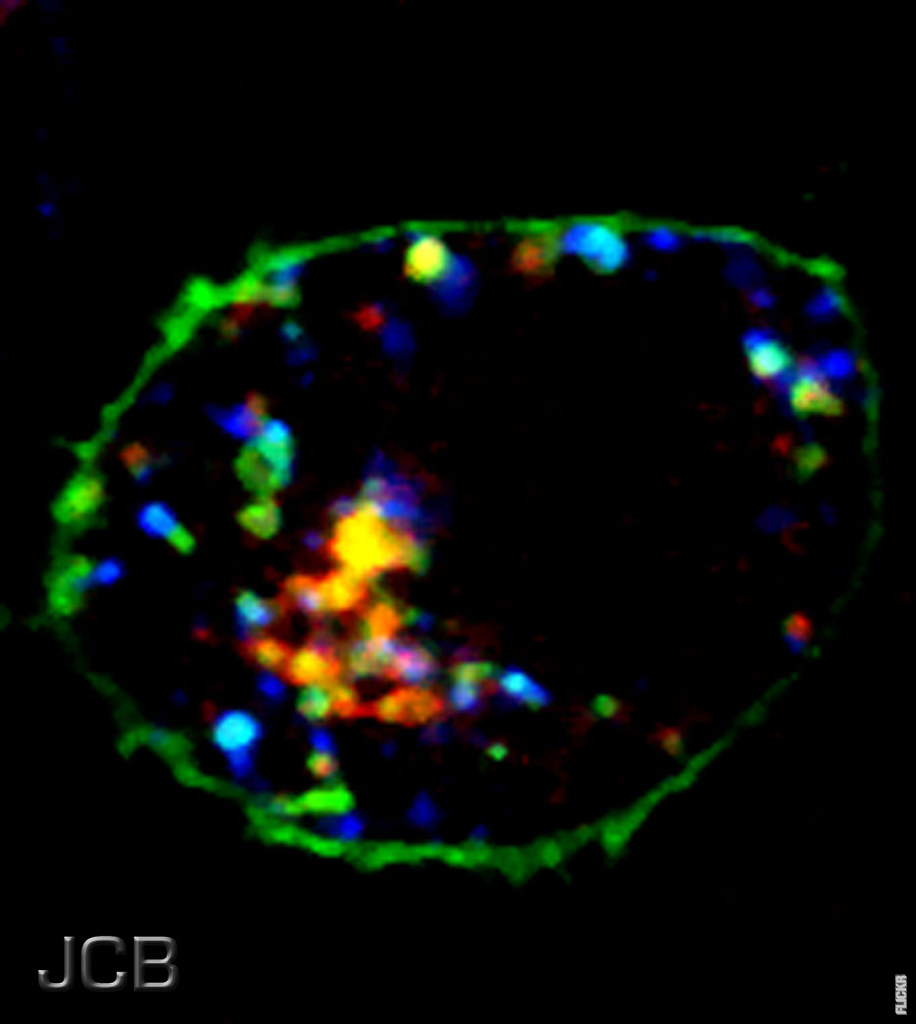The Marvels of Secretion
Secretion is a fascinating biological process that plays a crucial role in various organisms. It involves the production and release of substances by cells, which can have profound effects on an individual’s physiology and behavior.
The Intricate Mechanism
At its core, secretion is a highly complex and tightly regulated process. It begins within specialized cells, known as secretory cells, which possess unique machinery for producing and packaging specific substances. These substances, known as secretory products, can range from hormones and enzymes to pheromones and toxins.
Once synthesized, secretory products are carefully transported to the cell membrane or a designated storage organelle. From there, they are released into the extracellular space through various mechanisms such as exocytosis or diffusion.
Exquisite Coordination
Secretion is a finely orchestrated symphony, involving the precise coordination of numerous molecular players. It relies on intricate signaling pathways and feedback loops to ensure optimal timing and quantity of secretory products. This coordination is essential, as even slight imbalances can have significant consequences on an organism’s health and survival.
Multiple Roles, One Process
Secretion serves a multitude of purposes across different organisms. In humans, for instance, glands such as the pancreas secrete digestive enzymes to aid in food digestion, while the pituitary gland secretes hormones that regulate various bodily functions.
Other organisms rely on secretion for defense mechanisms. Venomous snakes secrete toxins through their fangs, allowing them to immobilize prey or defend against predators. Similarly, insects like ants use pheromone secretion to communicate and coordinate complex tasks within their colonies.
Adaptation and Evolution
Secretion has played a vital role in the adaptation and evolution of organisms throughout history. It has allowed species to develop specialized structures and behaviors that provide a competitive advantage in their respective environments.
For example, the nectar-secreting flowers have co-evolved with pollinators, such as bees and butterflies, forming a mutually beneficial relationship. The flowers secrete nectar as a reward, while the pollinators inadvertently aid in the flower’s reproduction by transferring pollen between plants.
Post
Post
Unlocking Nature’s Secrets
Scientists continue to unravel the mysteries of secretion, delving into its intricate mechanisms and uncovering its hidden wonders. Through advanced imaging techniques and molecular studies, they strive to understand how secretion is regulated, how it evolves, and how it can be harnessed for various applications.
In conclusion, secretion is a captivating biological process that exemplifies nature’s ingenuity. Its intricate mechanisms, diverse roles, and evolutionary significance make it a subject of endless fascination for scientists and a fundamental process that underpins the functioning of life on Earth.



